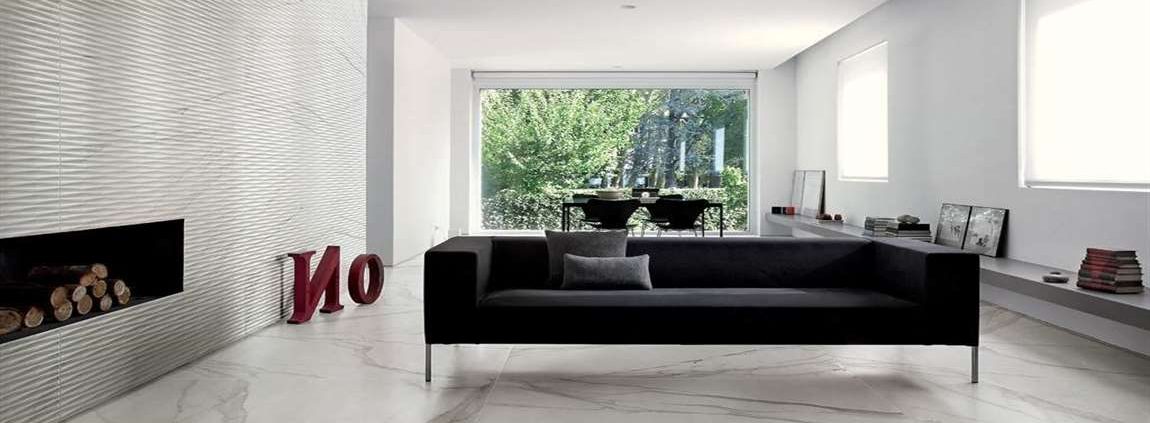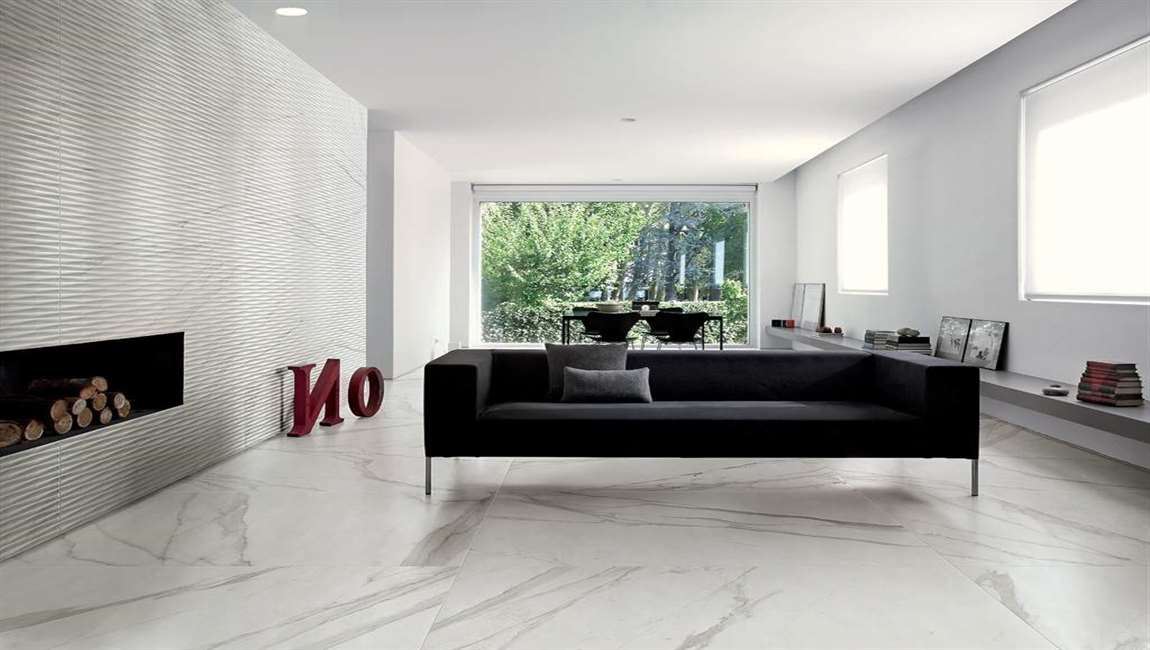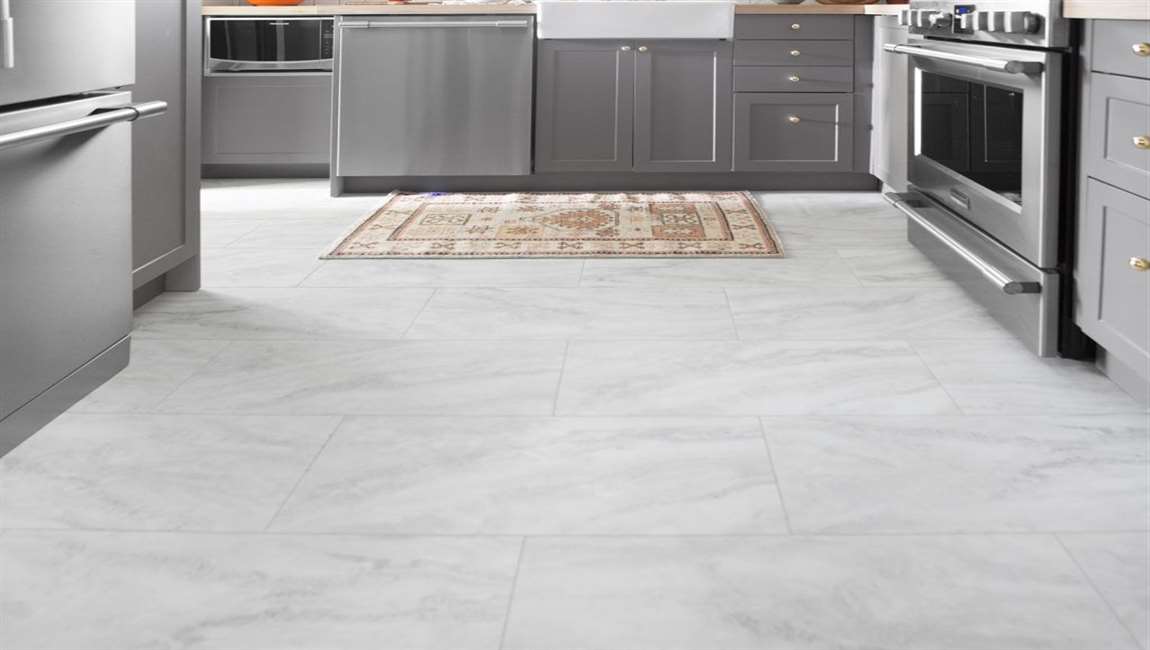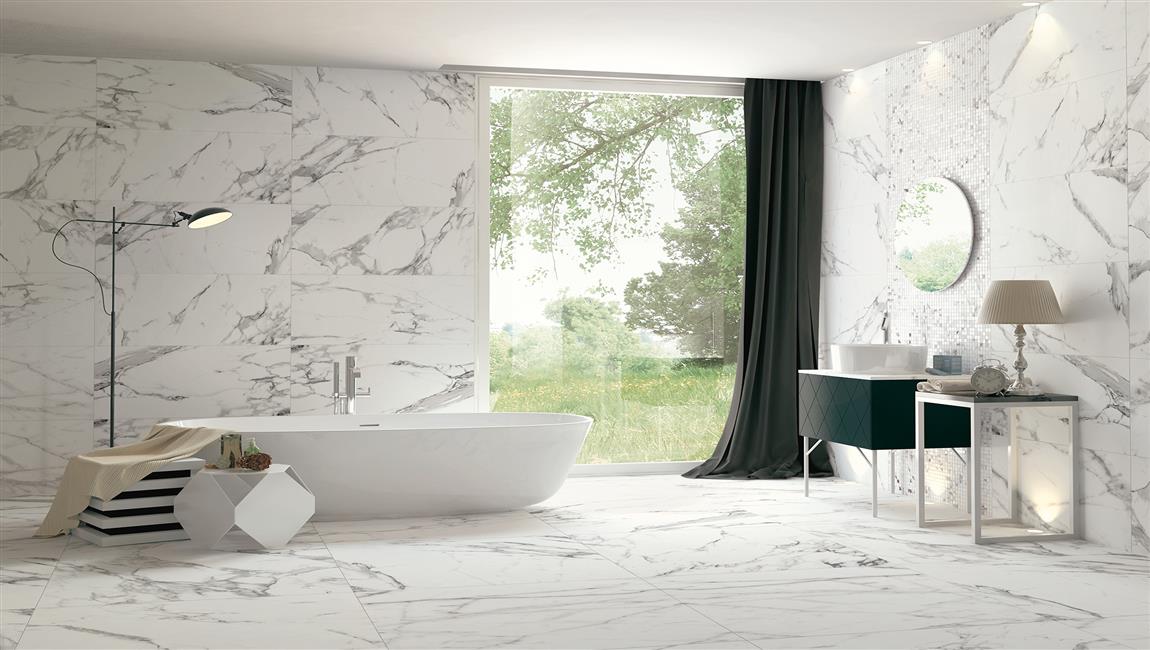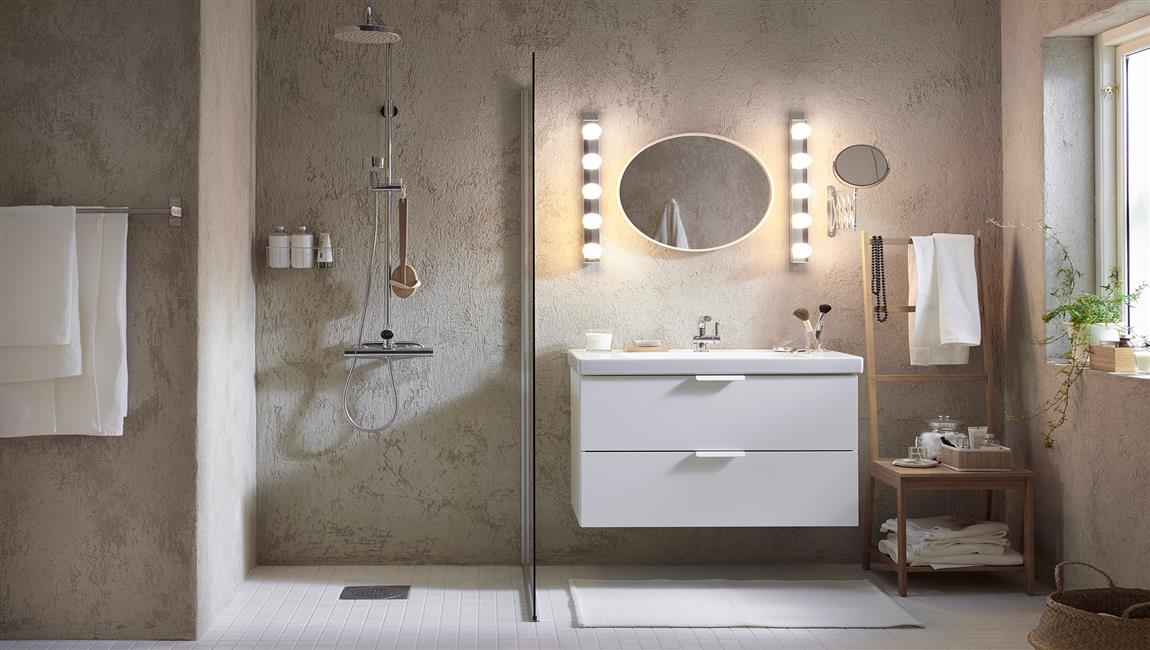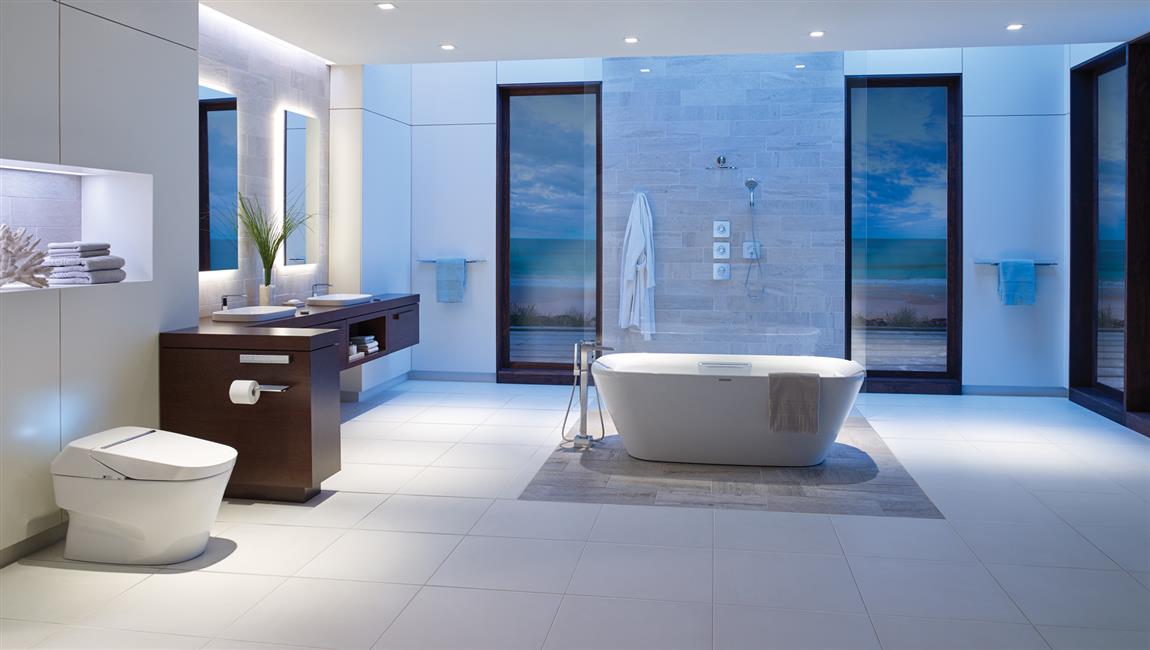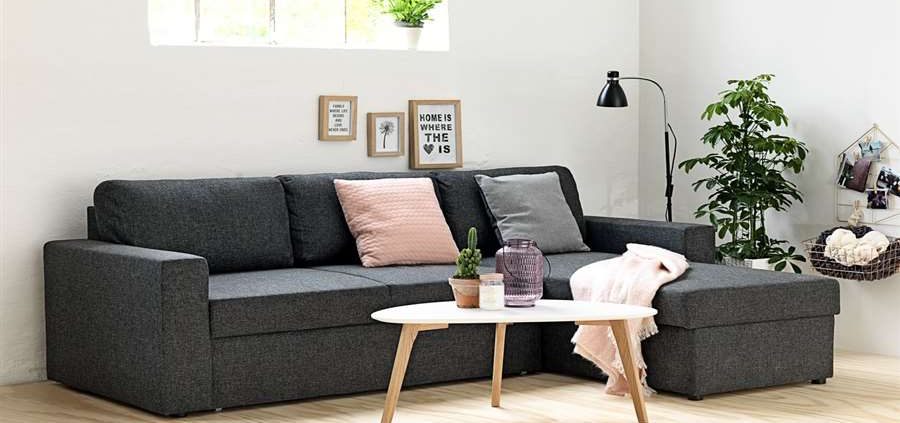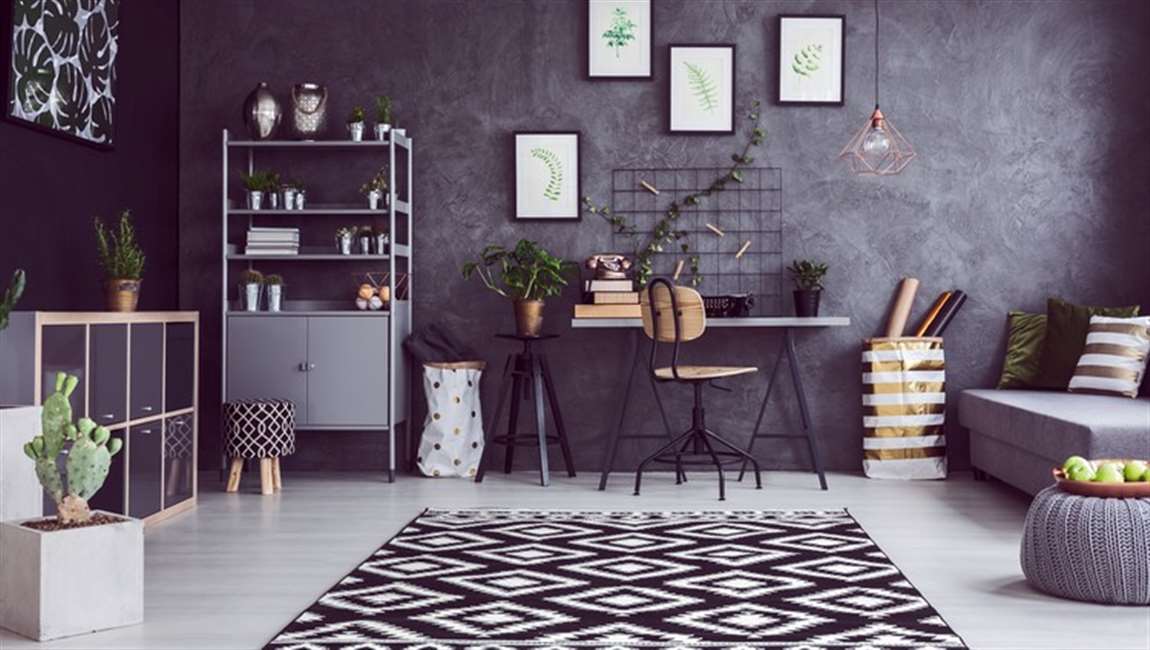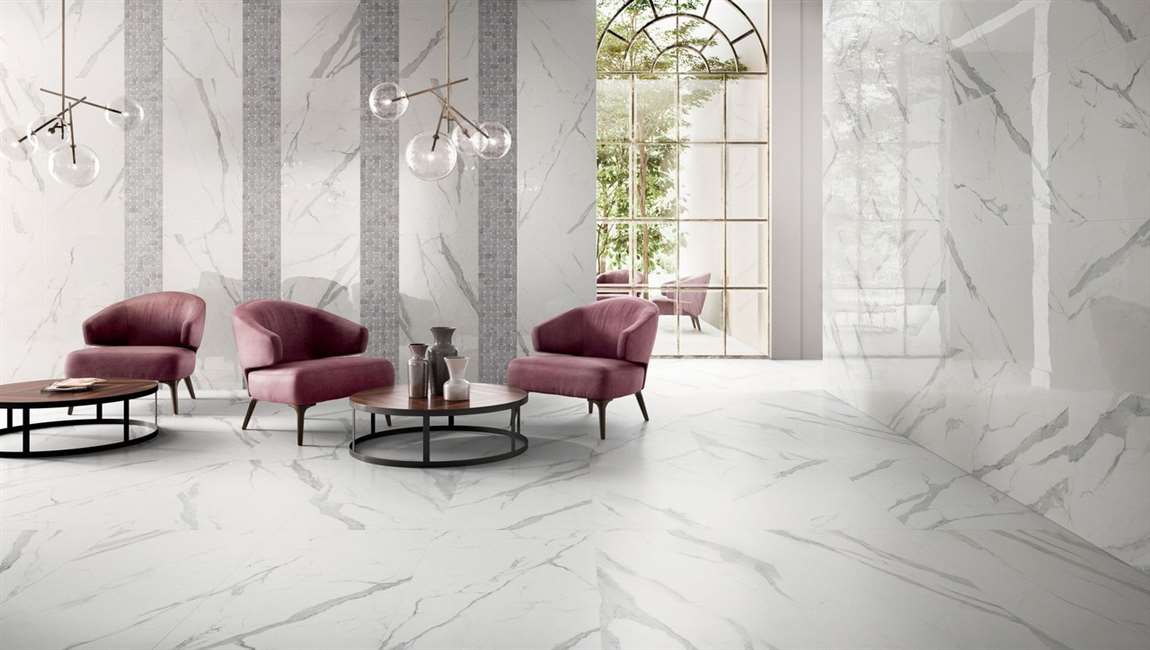The Knowledge of Spray Buffing
Avoid stepping on or placing anything onto the final coat for 8 full hours to ensure a perfect finish. Wash all tools immediately. If you allow the wax to dry it will be extremely difficult to remove. Scrub it off of any tools you plan on using again using soap and hot water.
Flip or change the buffing pad if it gets clogged or dirty. Stop and check the buffing pad every few minutes to see if it looks dirty or clogged. Additionally, you’ll know the pad needs to be changed if the floor isn’t getting as shiny as it was previously. Most buffing pads can be flipped once during cleaning. If your pad looks soaked through, just switch to a new one.
Follow spray buffing with a pass of dry buffing, for best results. Switch out your red buffing pad for a gray or beige one. Then, start buffing your floor in the far corner. Slowly work your way toward the other side of the room. Your buffing pad likely won’t need changing on this pass. However, continue to check on it regularly to make sure it’s not clogged or dirty.
It’s best to wait until your floor is dry before you start your dry buffing. You may want to apply a finish to the floor to reduce slipperiness and increase the shine. Use a clean dust mop to remove any dust created by the buffing process. Once your floor is dry, return to the corner of the room and begin making short, even passes with your dust mop.
Continue working your way over the entire surface of the floor until you reach the other side of the room. This helps get your floor as clean and shiny as possible. Using a floor buffer can stir dust up into the air, which will then fall back down onto your freshly buffed floor. A clean dust mop can remove this debris.

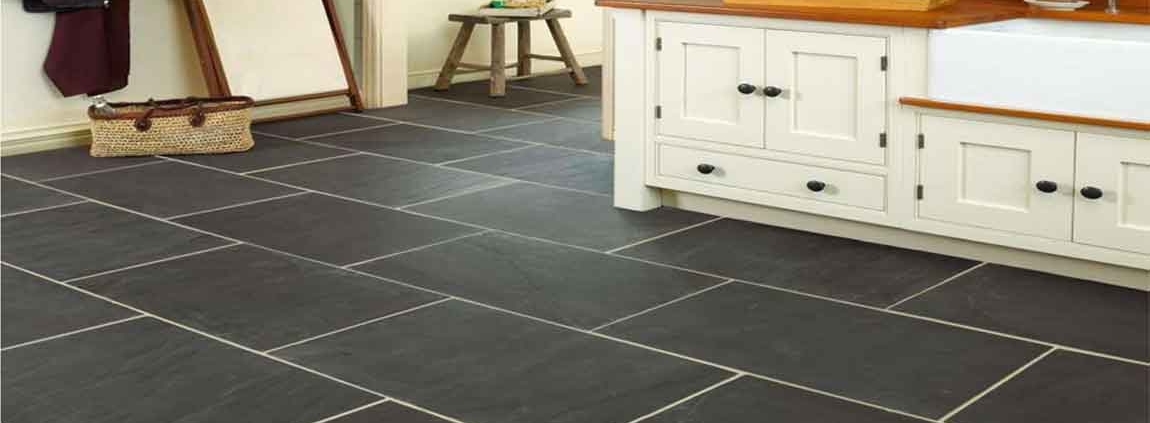
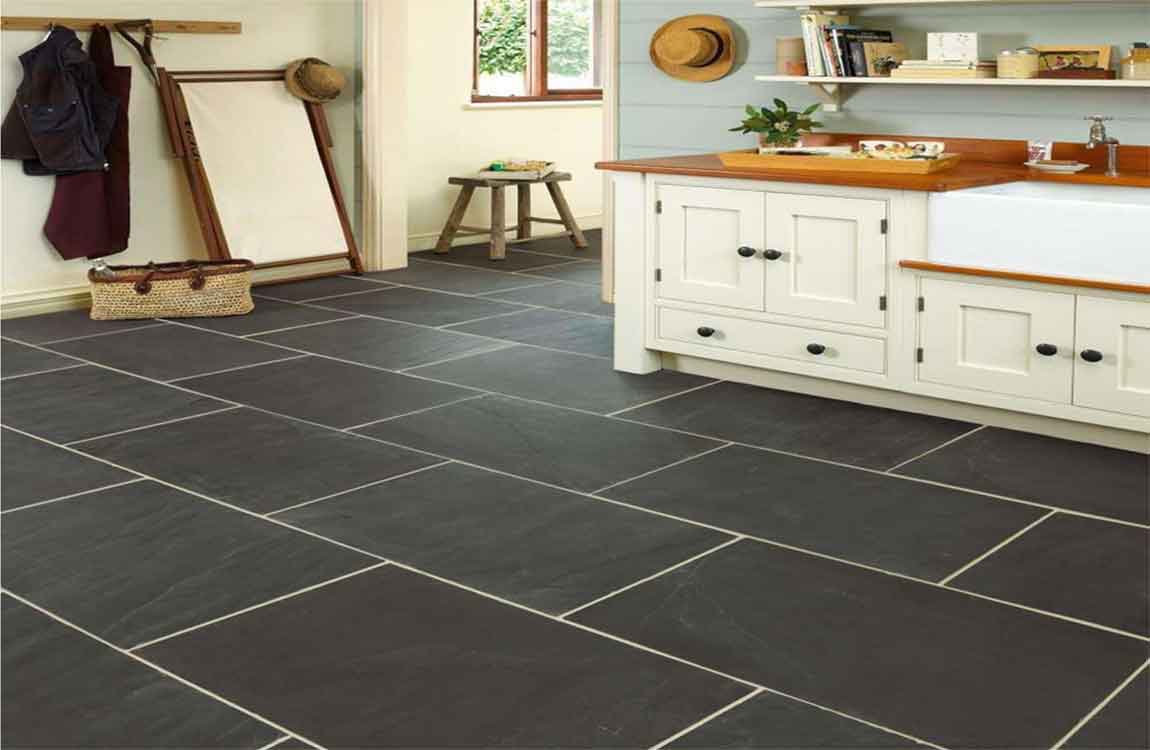

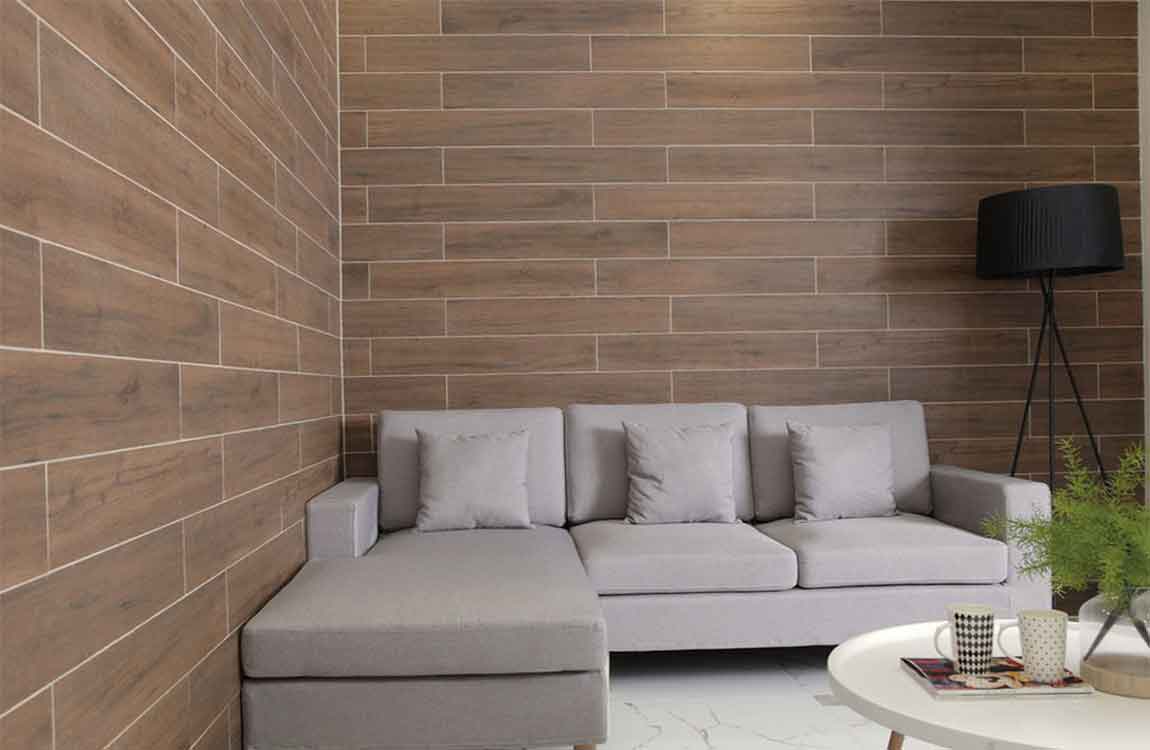



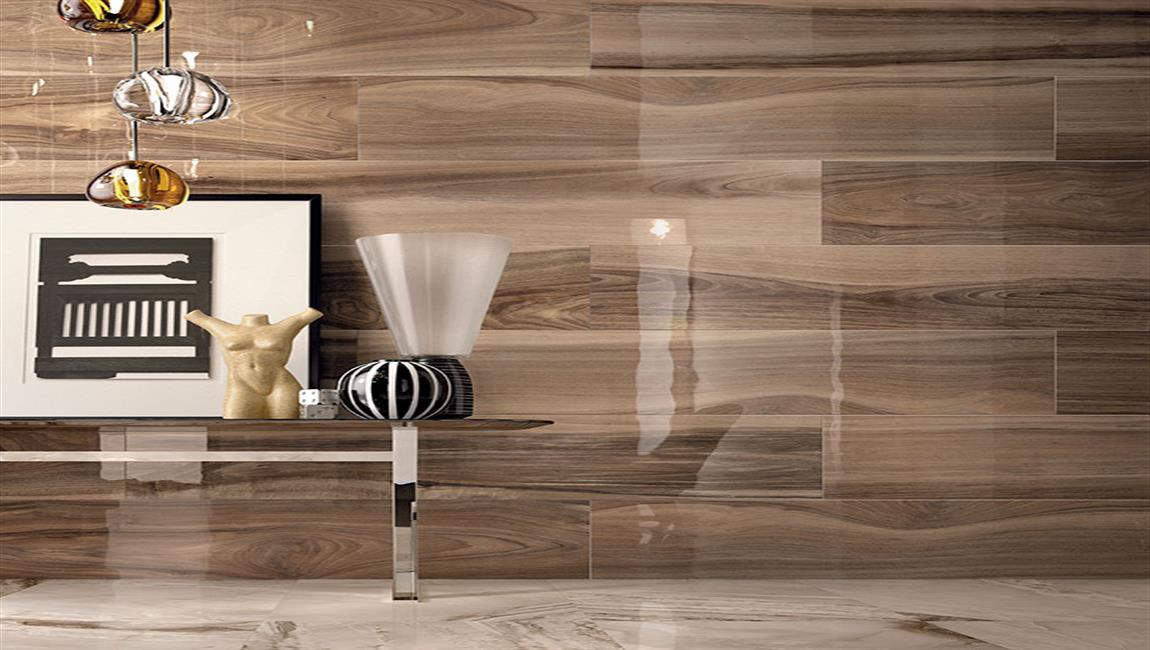
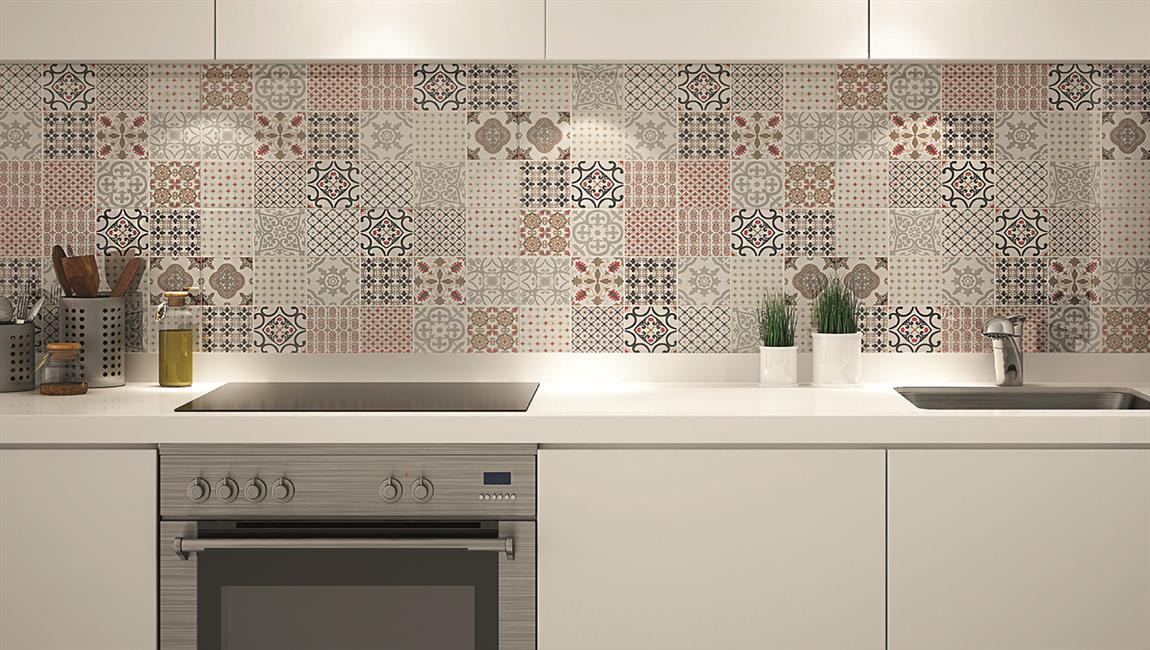
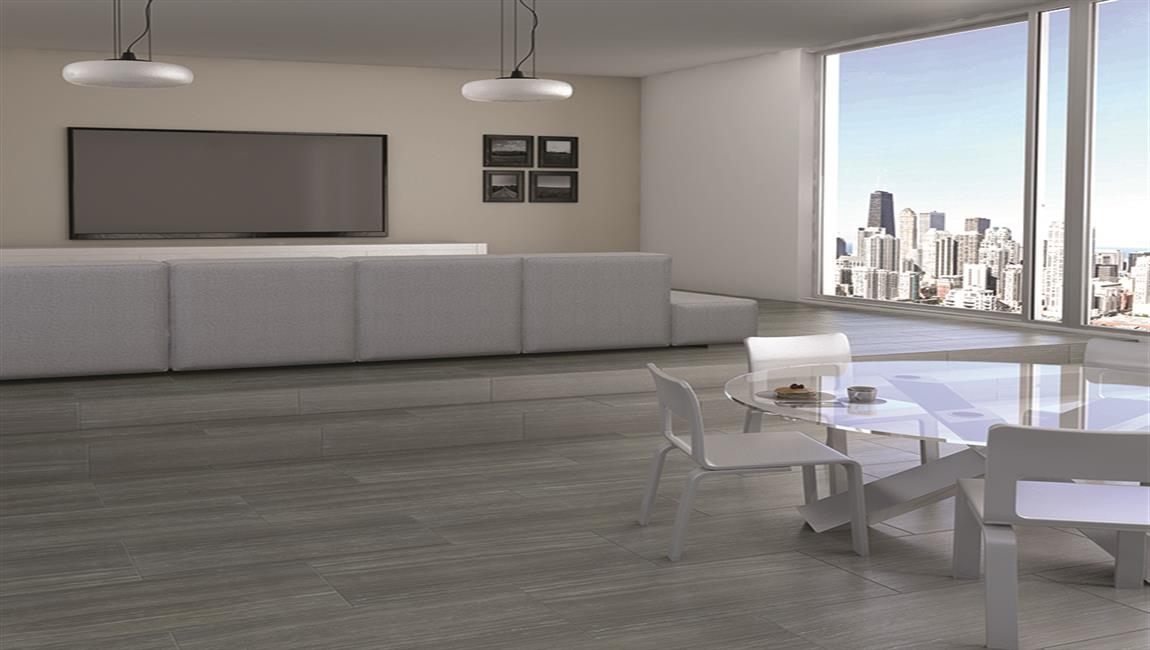
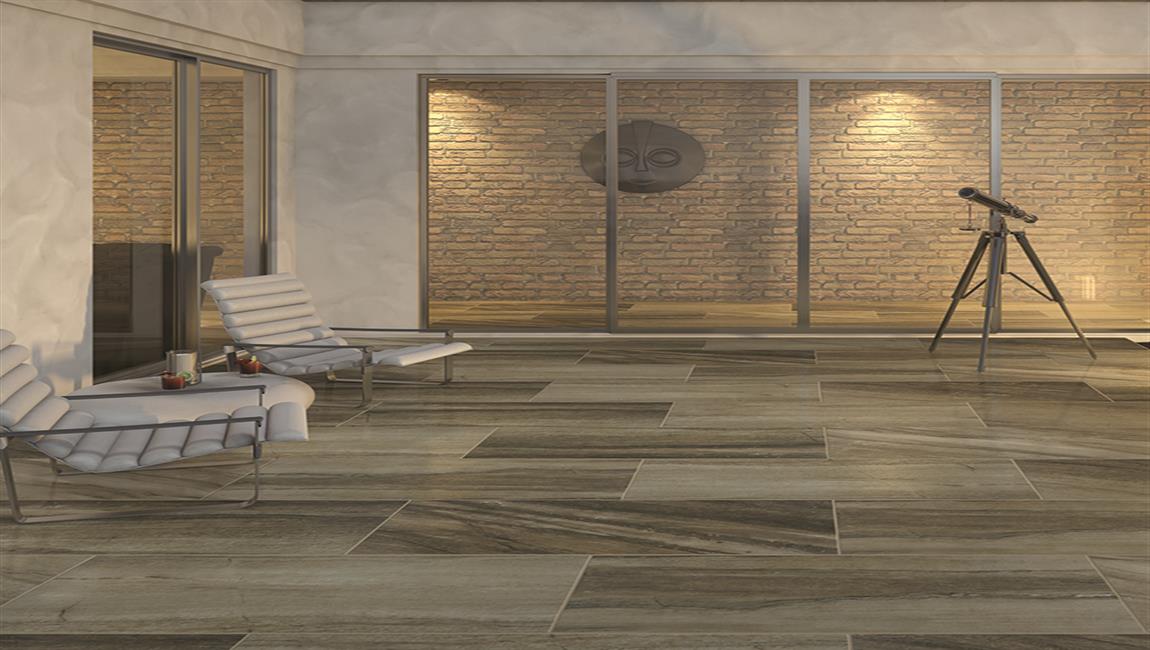
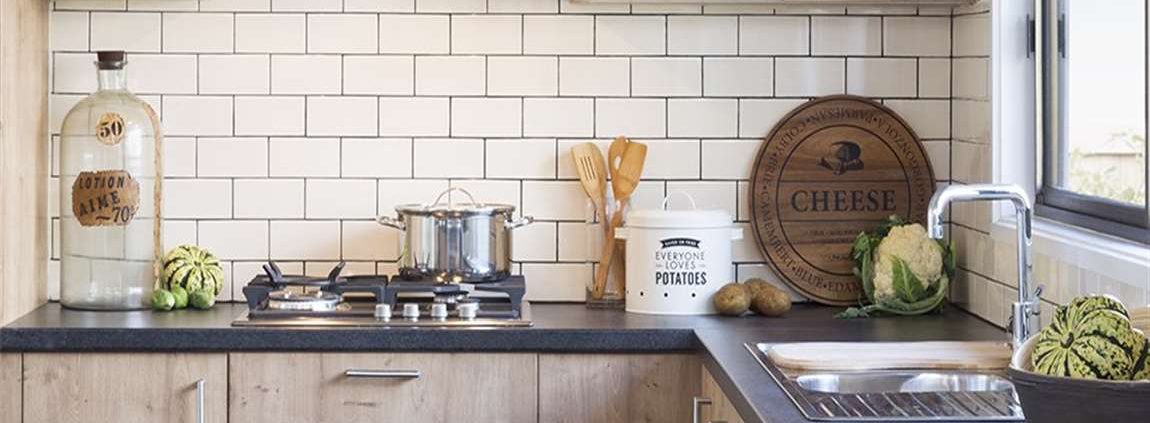
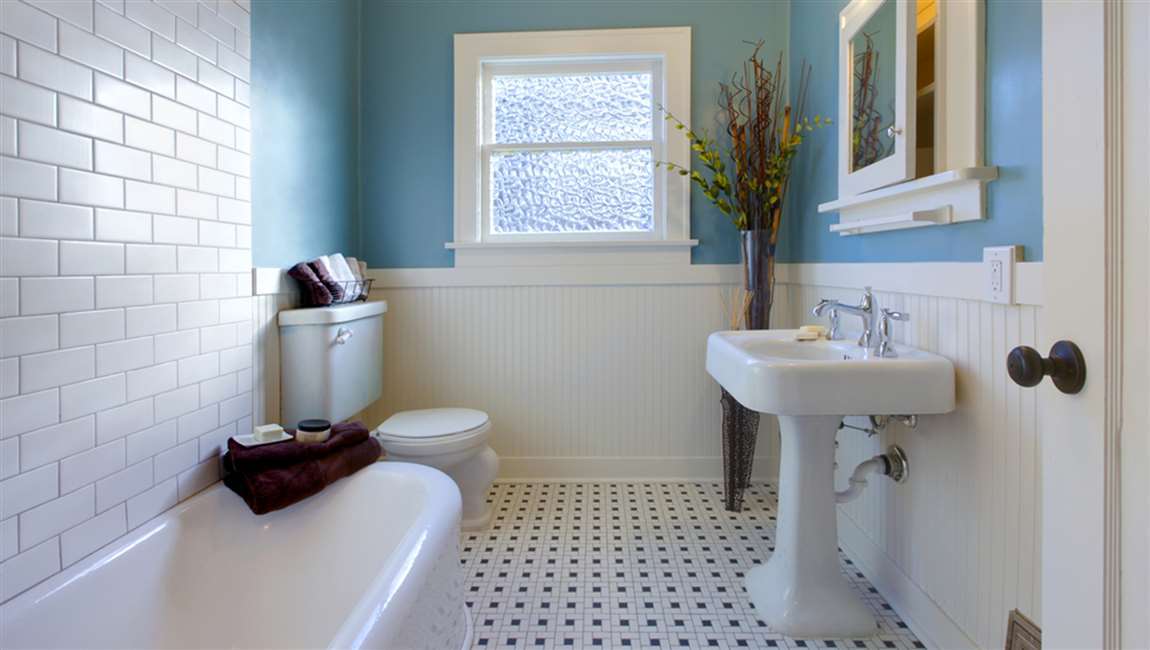
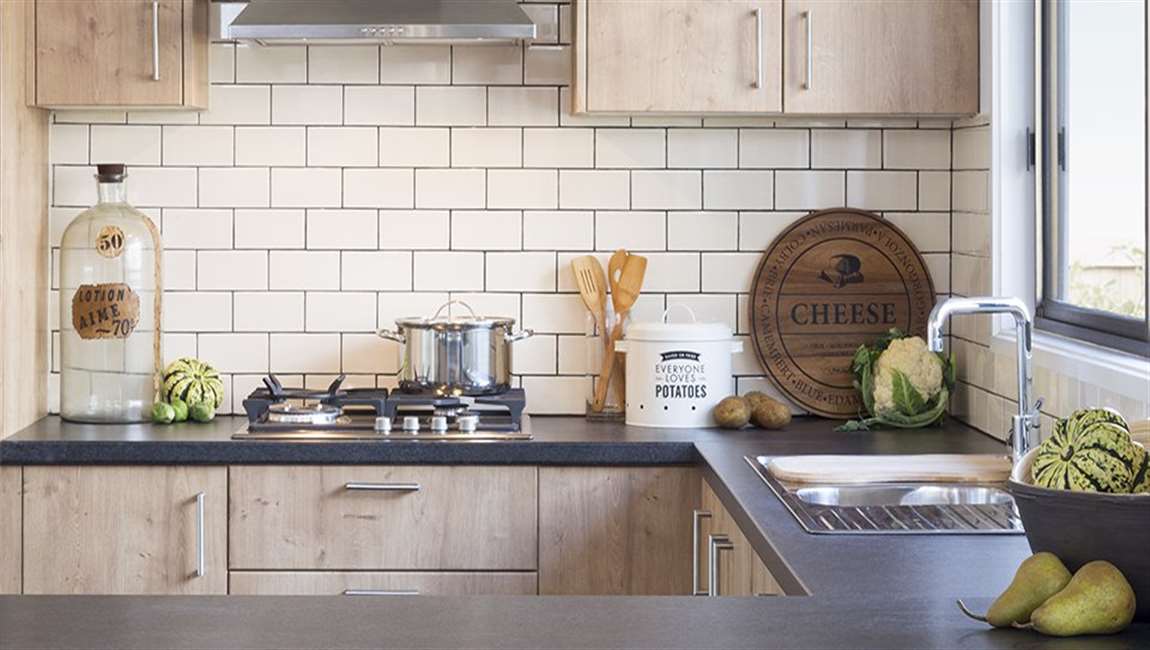 If you don’t have a chisel, use the back of a claw hammer to lift and pry the
If you don’t have a chisel, use the back of a claw hammer to lift and pry the  Make sure the surface is completely smooth or else you won’t be able to lay another
Make sure the surface is completely smooth or else you won’t be able to lay another 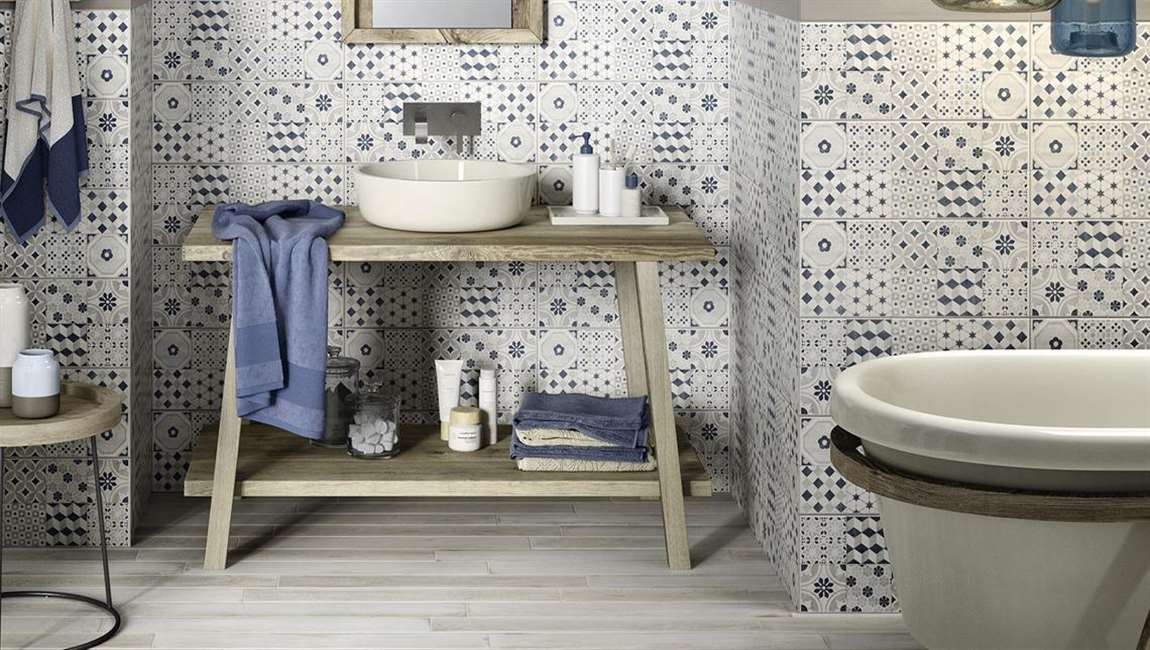 Use a floor scraper to smooth out any rough patches resulting from the
Use a floor scraper to smooth out any rough patches resulting from the 